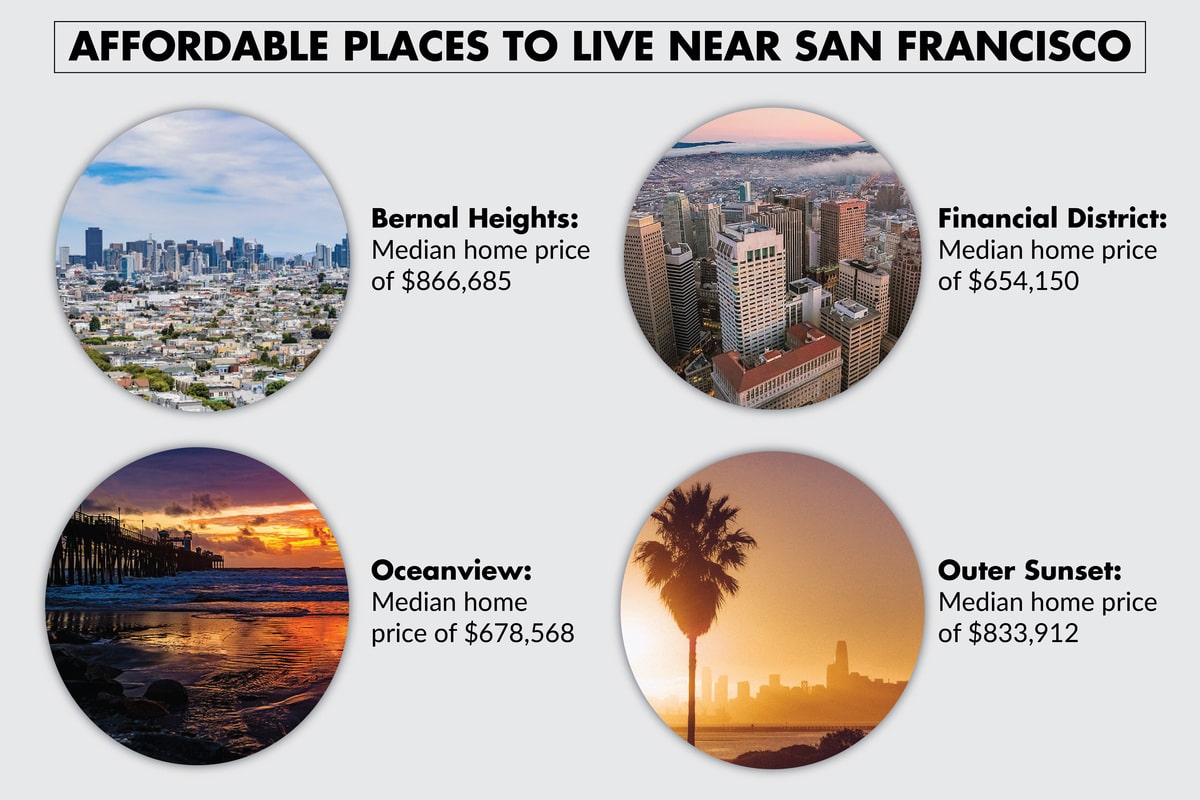average cost of utilities in san francisco
As mentioned above, the cost of rent and utilities can come up to quite a large amount in San Francisco. When one compares average cost of utilities in San Francisco with the rest of the country, the costs are a whopping 231% more than the national average. Electricity costs are as much as 88% higher than the national average. Natural gas prices were as much as 52% higher than the national average. However, even though the state it sits in suffers from water shortages often, the cost of water was slightly lower than the national average. Aside from utilities, there are a lot of other things that need to be considered, such as:
Average food cost per month
Food costs in San Francisco are negligible, but the costs are, on average, about 12.5% of the monthly budget for a household. For a family of four, the average spending on food per month works out to around $1,695 as a moderate estimate. If the family eats out more, they will spend more since the average cost of dinner works out to approximately $40 per adult. The average cost of monthly food for one would translate to roughly $423.75, which is almost one hundred dollars more per person than the national average. More affluent households may spend far more on groceries per month than this budgeted value, depending on the amount they make. For a single person living in San Francisco, the costs of living, such as groceries, could be manageable on a budget. Some families claim their average grocery cost per month is around $2,000 for a family of four, suggesting a single person may spend as much as $500 on their food expenses per month.
Average internet bill
What's the average internet bill per month in San Francisco? San Francisco has no shortage of internet providers, and they each offer service levels that cater to their clients’ spending. Xfinity offers one of the cheapest packages with a 50Mbps connection costing $19.99 per month. Faster connections are likely to cost a client more. AT&T offers up to 75Mbps to buyers for around $45.00 per month, but the company also has a Fiber option in select areas, which gives up to 1Gbps for approximately $35 per month. Viasat offers a 100Mbps connection for $60 per month, while Earthlink offers a 75Mbps connection for $49.95 per month. WiFi for an apartment may cost as little as $19.95 for the connection, and many providers include a wireless router as part of the package. An average internet bill per month in San Francisco could be as little as $19.95 or much more, depending on the package a person takes and any additional services they take from their ISP.
SF water bill
An SF water bill is likely to set a person back between $95 and $100 per month. The cost of water in San Francisco is affordable, making it one of the less terrible expenses to pay for living in the city. A San Francisco water bill is on average (and a little below average) with the rest of the country.
Gas prices in San Francisco
Gas is necessary for heating in the colder months, and piped gas does tend to cost a bit. Piped gas prices in San Francisco work out to $19.97 per thousand cubic feet. This is a massive increase of 65% more than the national average cost per thousand cubic feet. On average, a person can expect to pay between $150 and $180 per month for their gas and heating bills. This value will fluctuate over the year, as the colder months require more heating than the warmer ones.
How much is electricity per month in an apartment
We covered electricity before, with the average electricity bill anywhere between $130 and $10 per month, depending on usage. During the month, your apartment electricity costs may increase or decrease based on if you leave your lights and electrical devices on or not. It is important to remember that electricity rates in San Francisco are among the highest in the country. Therefore, the cost of electricity per month in San Francisco is some of the highest in the country. To lower electricity bills, consider switching off unused electrical devices and lights.


